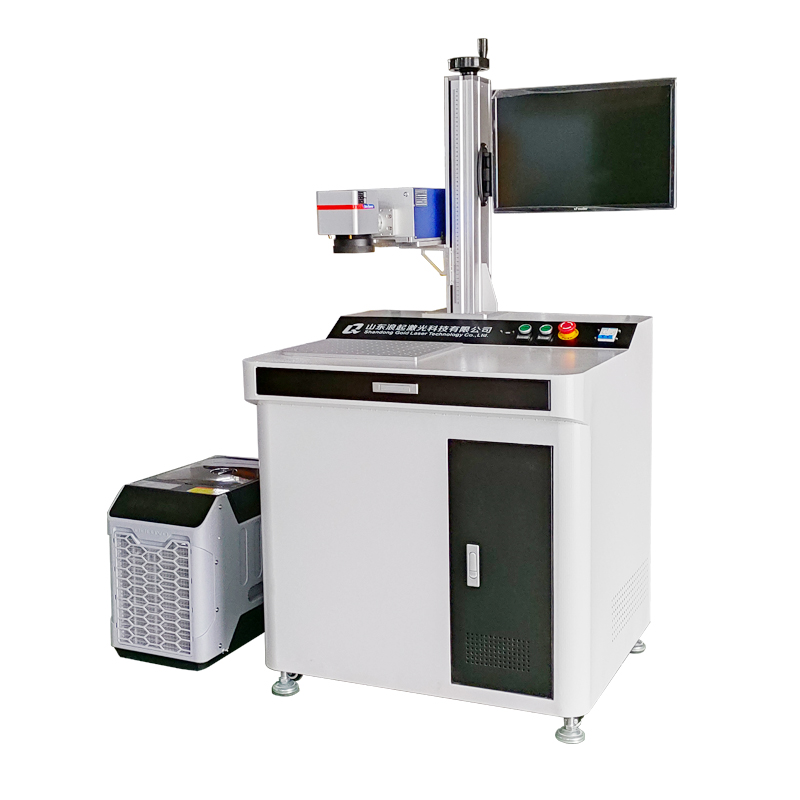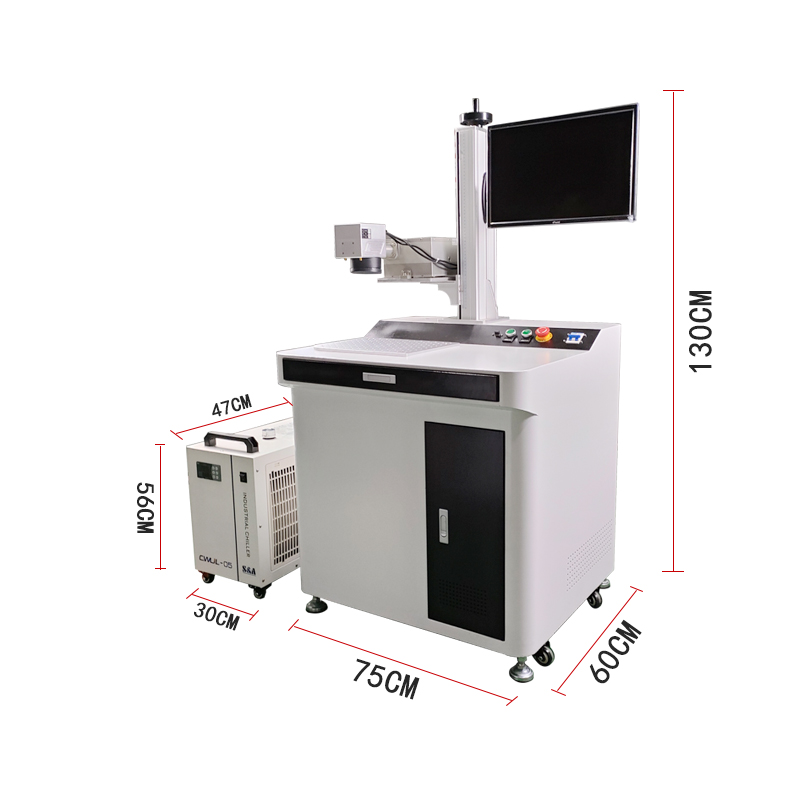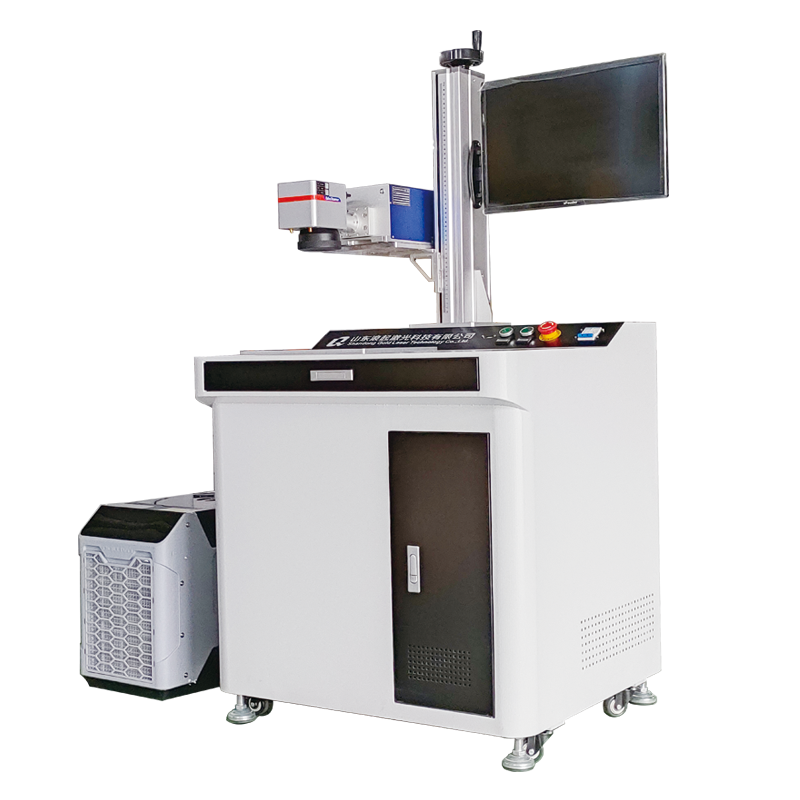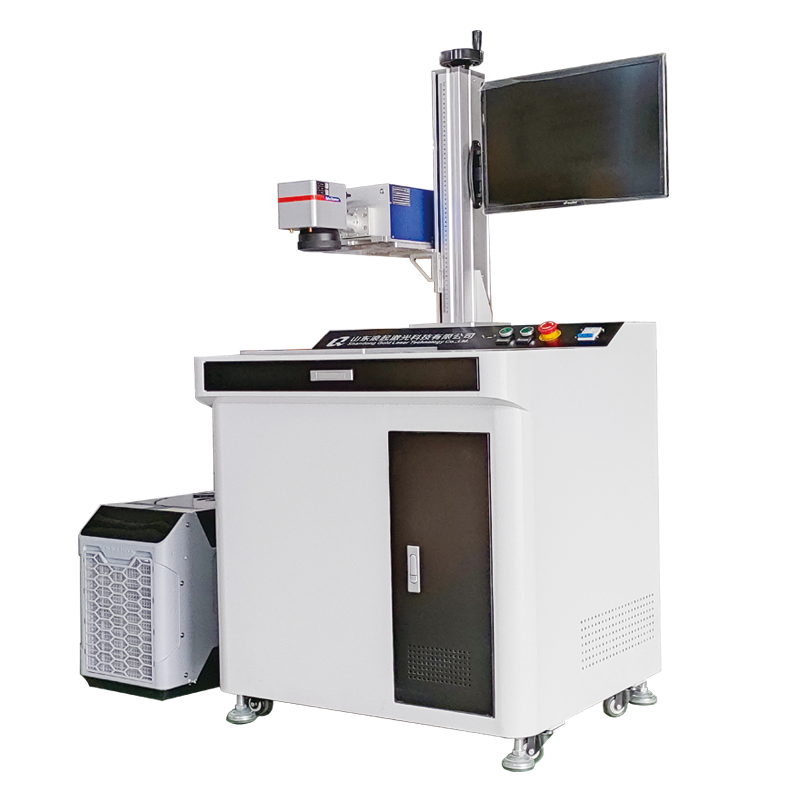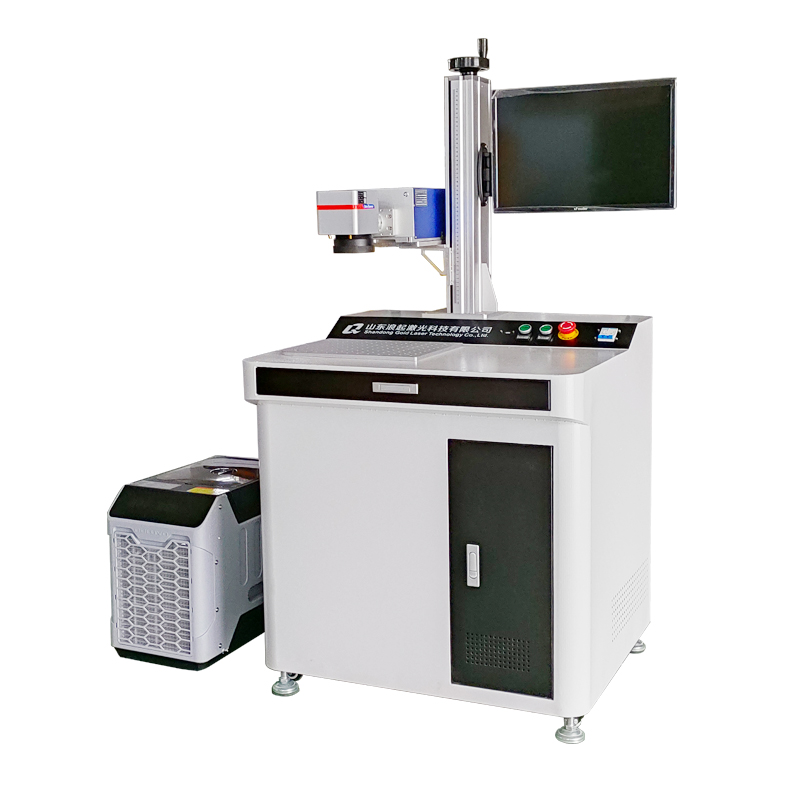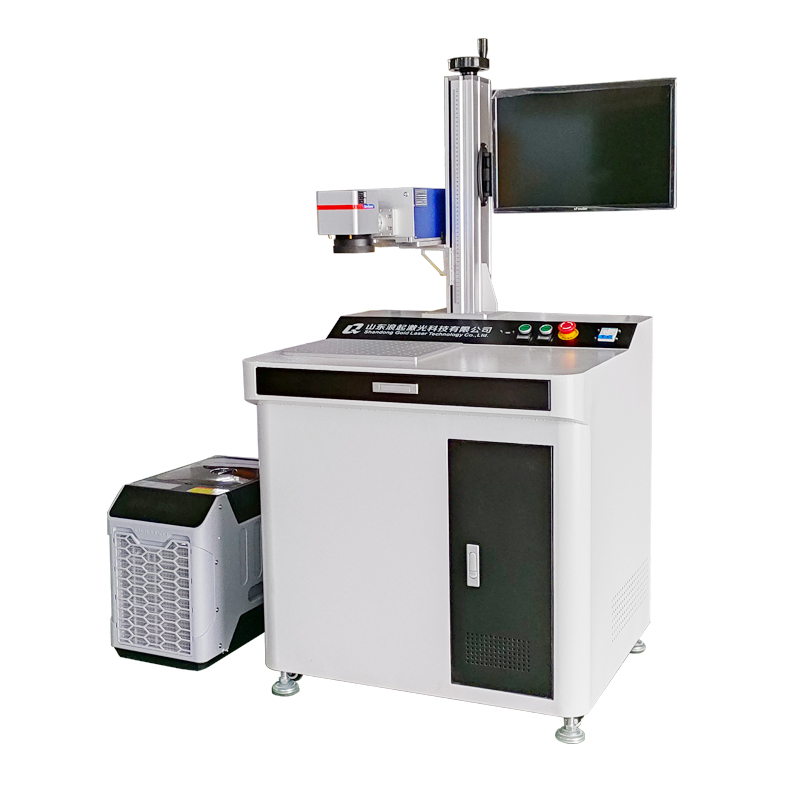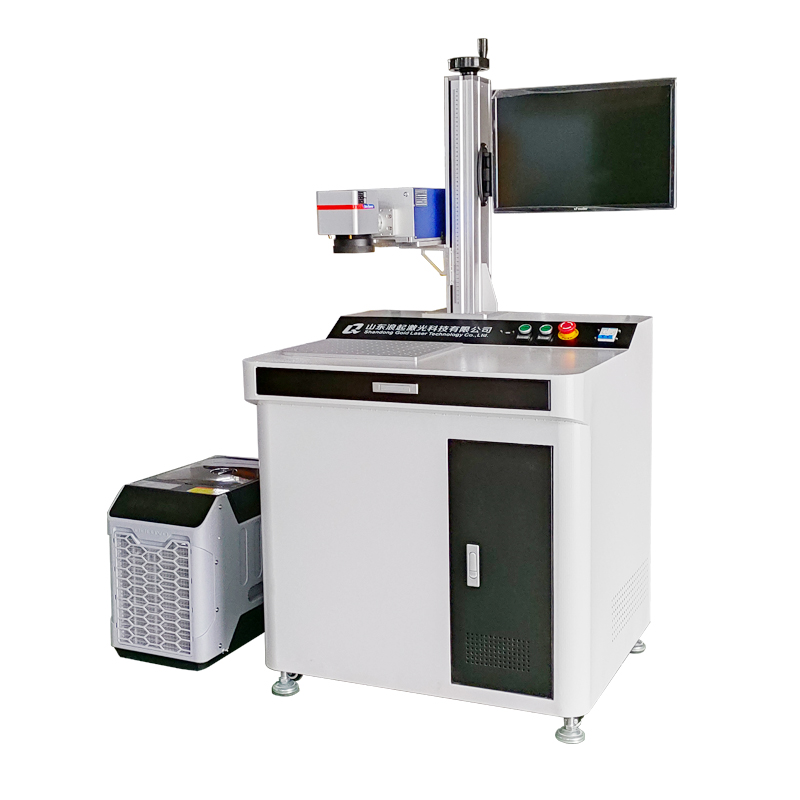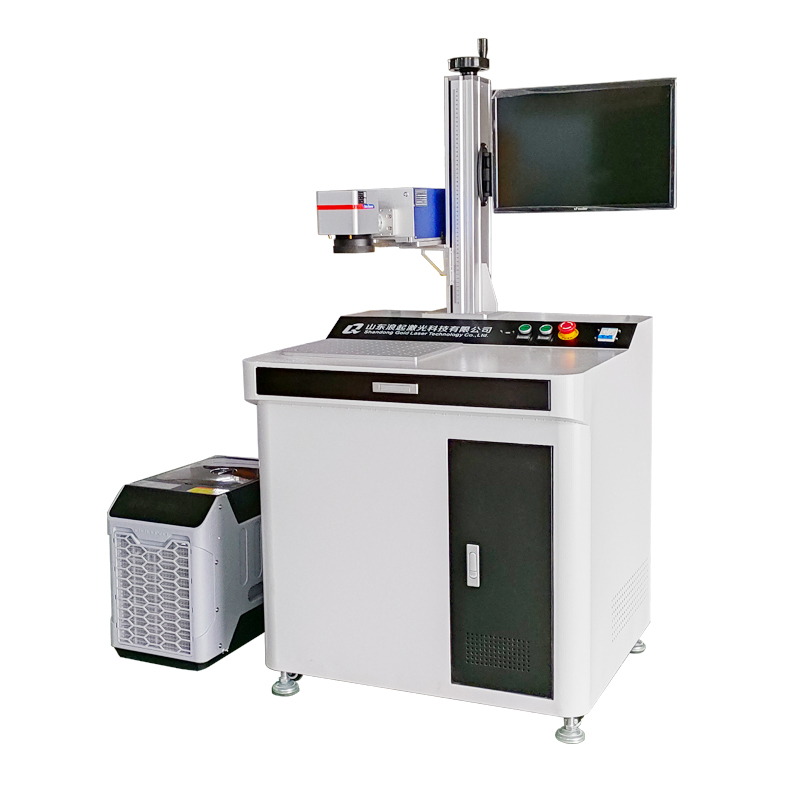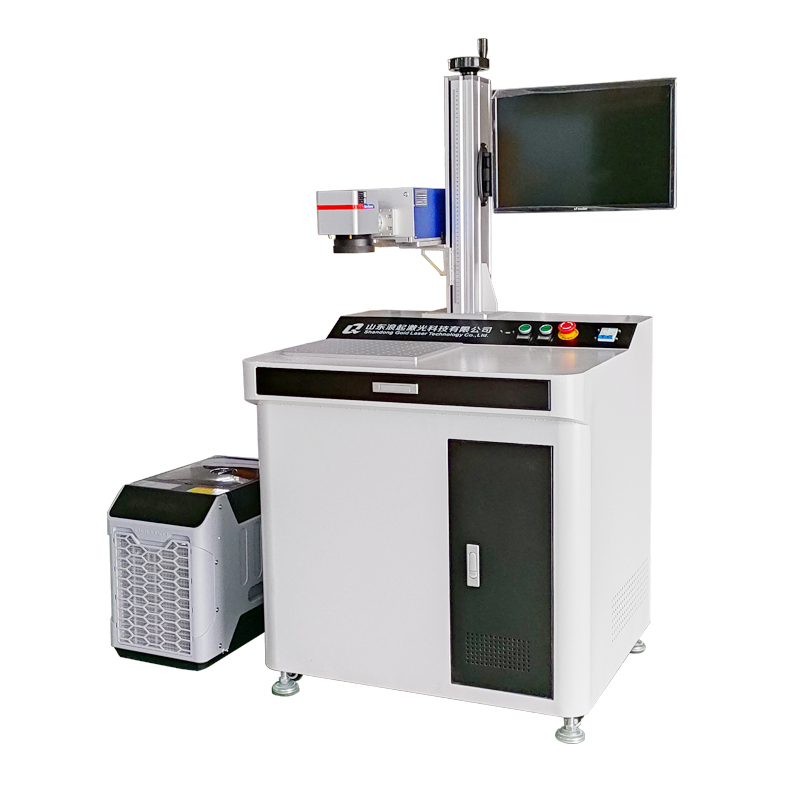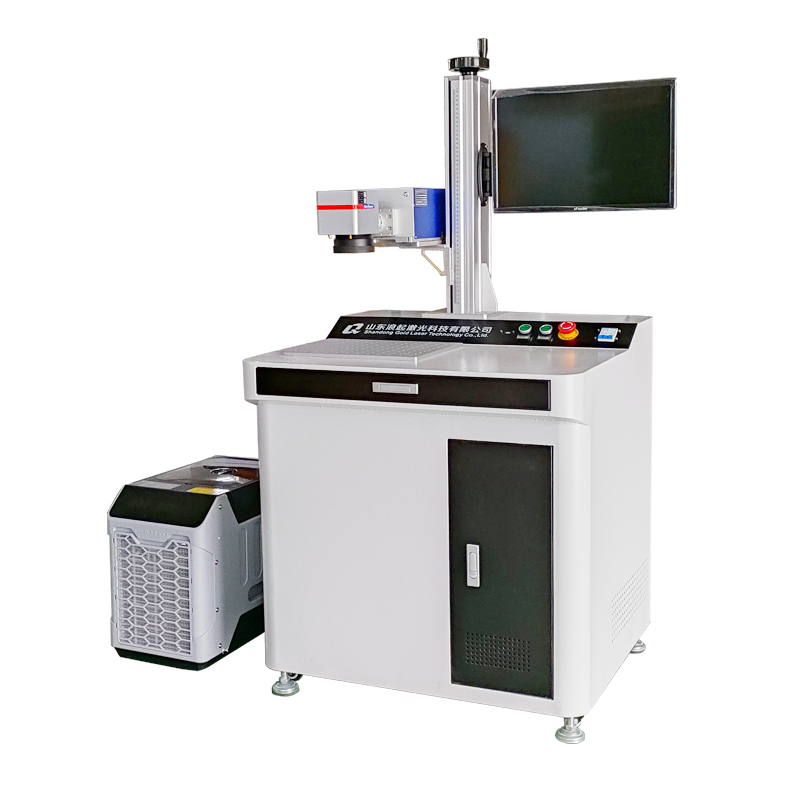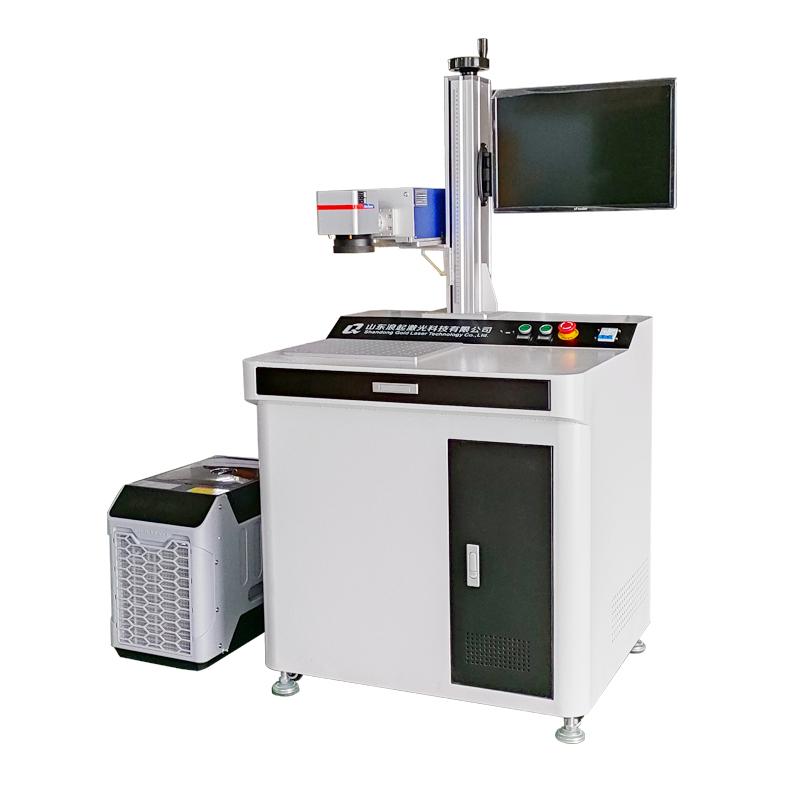Of course. UV laser marking is an excellent and highly advanced method for marking plastic buttons. It solves many of the problems associated with traditional marking methods like ink printing or other laser types (CO2, Fiber).
Here’s a comprehensive breakdown of UV laser marking on plastic buttons.
Why UV Laser is Superior for Plastic Buttons
Traditional lasers (like fiber lasers) use heat to mark materials. This is problematic for many plastics because the heat can cause:
Carbonization: Burning, resulting in a poor-quality brown or black mark.
Melting: Deformation of the button's surface and shape.
Thermal Stress: Cracking or weakening of the plastic.
Unclear Marks: Low contrast on colored plastics.
A UV Laser operates on a different principle called "Cold Marking." The high-energy, short-wavelength UV light (typically 355nm) breaks the molecular bonds in the plastic material itself without generating significant heat. This leads to several key advantages:
High-Contrast, High-Precision Marks: It can create extremely fine details, small fonts, and complex logos with sharp edges, even on small buttons.
No Heat Damage: Since it's a cold process, there is no burning, melting, or thermal stress. The integrity and tactile feel of the button remain unchanged.
Excellent Contrast on Various Colors: It can produce high-contrast marks (often white, light grey, or a color change) on dark plastics and dark marks on light plastics.
Permanent and Durable: The mark is not a surface coating but a molecular change in the material. It is resistant to abrasion, chemicals (cleaning agents, sweat), and fading from UV light exposure.
Wide Material Compatibility: It works on plastics that are notoriously difficult to mark with other lasers, including ABS, Polycarbonate, PP, PE, and PBT.
The Marking Process Explained
The process involves a photochemical reaction rather than a thermal one.
Photon Absorption: The plastic material (specifically the pigments or the polymer itself) absorbs the high-energy UV photons.
Molecular Bond Breaking: This energy is sufficient to break the chemical bonds in the polymer chain or the organic pigment molecules.
Material Transformation: The broken bonds re-arrange, causing a permanent change in the material's molecular structure at the surface.
Color Change: This molecular change alters how the material reflects light, creating a visible contrast against the unmarked area. This is often a foaming effect (creating a light-colored mark) or a color change without any surface depression.
Suitable Plastic Materials for Buttons
UV lasers are highly versatile, but the results can vary based on the plastic's composition and additives (like flame retardants or fillers). The most commonly and successfully marked plastics for buttons include:
ABS (Acrylonitrile Butadiene Styrene): Marks very well, producing high-contrast, clean results.
Polycarbonate (PC): Excellent for UV marking. Often produces a strong contrast.
PC/ABS Blends: Very common for consumer electronics and automotive buttons. UV lasers provide consistent results on this blend.
PBT (Polybutylene Terephthalate): Frequently used for high-quality, durable buttons. Marks excellently.
PMMA (Acrylic): Can be marked with very clear, fine details.
Nylon (PA): Can be marked, but results depend on additives.
PE (Polyethylene) & PP (Polypropylene): Traditionally difficult, but UV lasers can achieve a mark where others fail, especially with specialized additives.
Applications and Examples
UV laser marking is used across many industries for plastic buttons:
Consumer Electronics: Marking symbols on remote controls, keyboard keys, smartphone side buttons, game controllers.
Automotive: Dashboard control buttons, steering wheel controls, window switches. The marks must withstand temperature changes, UV exposure, and cleaning.
Medical Devices: Buttons on diagnostic equipment, infusion pumps, and handheld devices. The permanent, non-toxic, and chemically resistant mark is critical.
Home Appliances: Control panels for washing machines, ovens, and microwaves.
Industrial Control Panels: Buttons for machinery where legibility and durability are paramount.
Key Considerations When Using a UV Laser Marker
Material Testing: Always test on your specific button material. Different colors and additives from different suppliers can yield different results.
Parameter Optimization: The marking quality depends on parameters like speed, power, frequency, and number of passes. These need to be finely tuned for the perfect mark.
Fixturing: Buttons are small and need to be held securely and consistently. Custom jigs or fixtures are often required for automated production.
Safety: UV laser systems are fully enclosed with interlocks for safety. Never operate with safety covers removed, as UV light is harmful to eyes and skin.
Cost: UV laser machines have a higher initial cost than CO2 or fiber lasers, but the superior quality and versatility for plastics often justify the investment.
Conclusion
For marking plastic buttons, a UV laser marking machine is the technology of choice when the requirements call for:
Extreme precision and fine detail.
A flawless, high-contrast appearance without any heat damage.
Long-term durability against wear and chemicals.
It is a clean, efficient, and reliable process that significantly enhances the value and quality of the final product.

